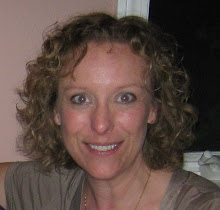






60% Egyptian monuments are found in this area and the primary industry is tourism – 70% and farming – 30%. The farming is mostly for sugar cane and some fruit and vegetables.
Books recommended by Elaine:“
He discusses 3 squeezes: land, market and method. I'm going to have to get and read this book at some point!
Another excellent one which I read last month is: “Khul-Kheal: Five Egyptian Women tell their Stories” by Nayra Atiya. It was written in the 1970's but provides a fascinating view into the lives of five women who grew up in mid 20th century Egypt.
The first tomb in the Valley of the Kings dates to 1440 BC, so far 64 Royal tombs have been found. I spent time in both Ramses III and Ramses IX.
Unfortunately the batteries in my camera died on the way to the Valley of the Kings so I have no photos of the Valley or the workers huts or the Alabaster factory.
I did, however, snap a few through the window on our way to the Valley of the Kings. So, we can see homes along the way.
In addition to no photos of the Valley, I have none of the Alabaster store or the houses in the near vicinity to the store. Many had beautiful murals depicting important moments in their lives. These were primarily paintings of the occupants trip to Mecca. These will have to remain in my memory...unless I manage to get there again some day...
From my journal 6.3.07:
Driving out of the
Houses on the hillside outside of the
I imagine the men working in the Alabaster store or at the workers site probably live in these homes. I can’t imagine that they travel too far from home to work. In back they have enclosures for animals.
I wish my camera had not run out of batteries today. There were so many spectacular sites to photograph…


No comments:
Post a Comment